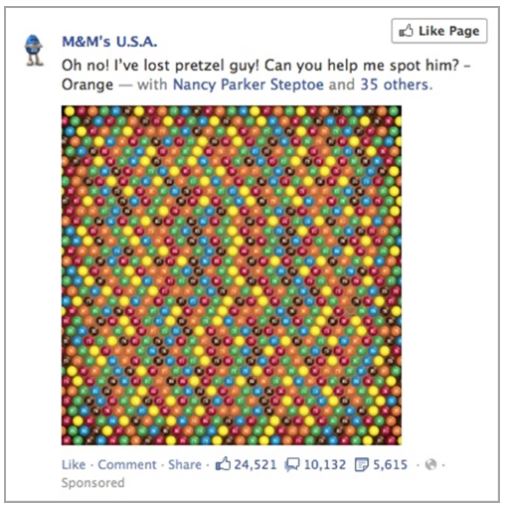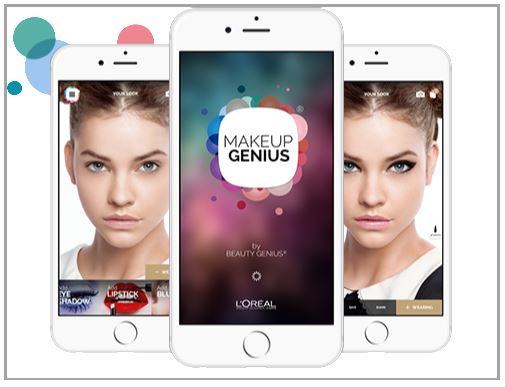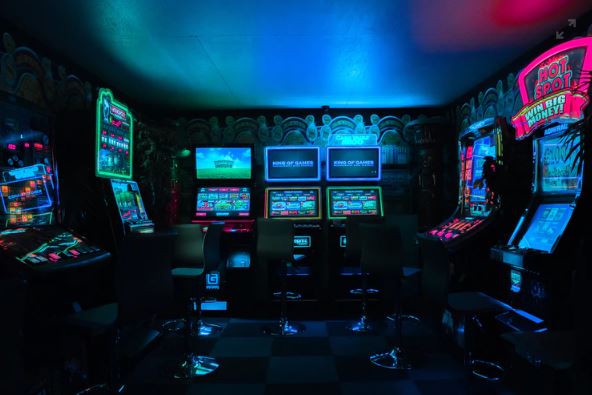More and more clients have been asking us about gamification in marketing. Gamification is one of those hot topics that everyone is talking about, everyone thinks they should be doing but not many know how to do it correctly.
You can gamify many different aspects of business, processes, sales, and marketing. Recently, Amazon even made major headlines when they gamified their warehouse operations. To limit the scope a little bit, in this article we are going to go through gamification as a tool to increase engagement in marketing. This includes how to include gamification in your campaigns and what business objectives we have found gamification to be most compatible with.
What is Gamification?
Before we let you know some simple ways to include gamification into your marketing strategy, let’s first discuss what gamification actually is.
Gamification takes the functioning aspects of what drives us to play and to continue to play games and adapts them. Predefined goals are set and game elements like challenge, reward or sense of purpose are then used to motivate the player to achieve the predefined goals.
“Gamification is ‘the art and science of turning your customer’s everyday interactions into games that serve your business purposes”
Gane Zichermann, Author of Game-Based Marketing: Inspire Customer Loyalty Through Rewards, Challenges, and Contests
There are different tactics that can be used. For example points, levels, leaderboards, or badges are all common tactics for gamifying parts of websites or marketing campaigns. Gamification is actually not a new marketing concept. For example, McDonald’s started its famous Monopoly Game back in 1987 in the United States and have since extended the popular game worldwide.
But that is not to say a Monopoly game will make sense with every brand. As with any sort of campaign you must first think about what makes sense for your target segment and what games will engage them. Furthermore your business goals and how a game will help to achieve a desired outcome also needs to be addressed. Think about business outcomes that are easy to connect to metrics. For example, more engagements on a social media post or more users completing their user profile on a website are both easy business goals to apply gamification to.
Gamification Increases Engagement on Social Media
When Mars wanted to promote pretzel-flavoured M&Ms they made a simple campaign that achieved big results. They re-created a simple game to find a “pretzel guy” hidden in M&Ms. This post had a big impact that included 25,000 likes on their Facebook pages, 6,000 shares, and 10,000 comments.

This is a great example from a little over 10 years ago on how to use gamification to increase engagement on social media. Nowadays platforms like Instagram, Twitter, and Facebook make it easy to make polls. directly inside a post. This is also an easy form that ups engagement on a post.
Gamification Increases Engagement with Products
Nike+ Fuelband and app are a great example of how gamification increases engagement among users with a coordinating set of products. Not only does the Nike + app allow users to personalize their training and interact with their community but also compete in challenges to win trophies and badges. Nike+ Fuelband is essentially a bracelet that monitors movement and records data. For users to track their data like how many miles they ran or calories burned they must also download the app.

There are two aspects of the way in which Nike gamifies the entire system that make it so effective. The first is creating a system that incentives more use of both products. The app incentives more engagement of working out and using the fuelband while the fuelband motivates the user to spend more time on the app to track workouts. The second is having community as another key component. Participants can challenge friends and share their own results.
Gamification Increases Engagement in Dynamic Brand experiences
Another way in which gamification can be used is to increase engagement with a brand experiences is to combine it was the latest technology. For example augmented reality (AR) is one of the latest trends in art, experience and marketing. By including AR a completely immersive experience can be created.

L’Oreal’s Makeup Genius gamifies the process of picking out makeup through an AR app. The user can hold their phone like a mirror that allows them to try on in augmented reality a variety of make up looks with L’Oreal’s products.


